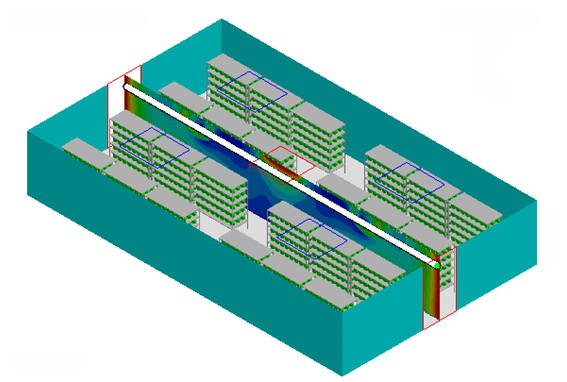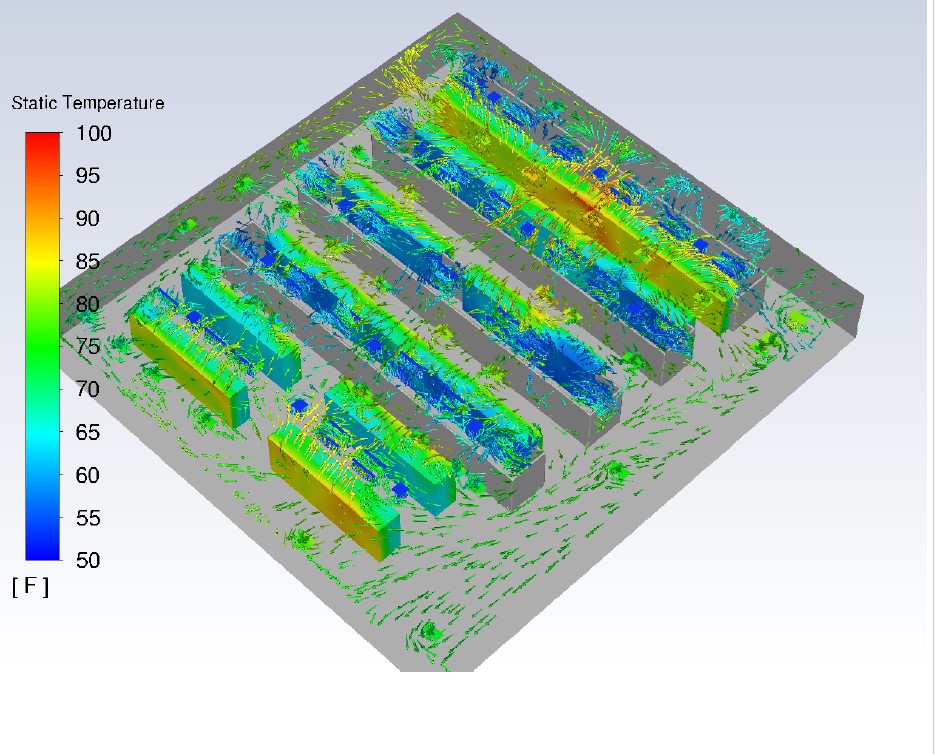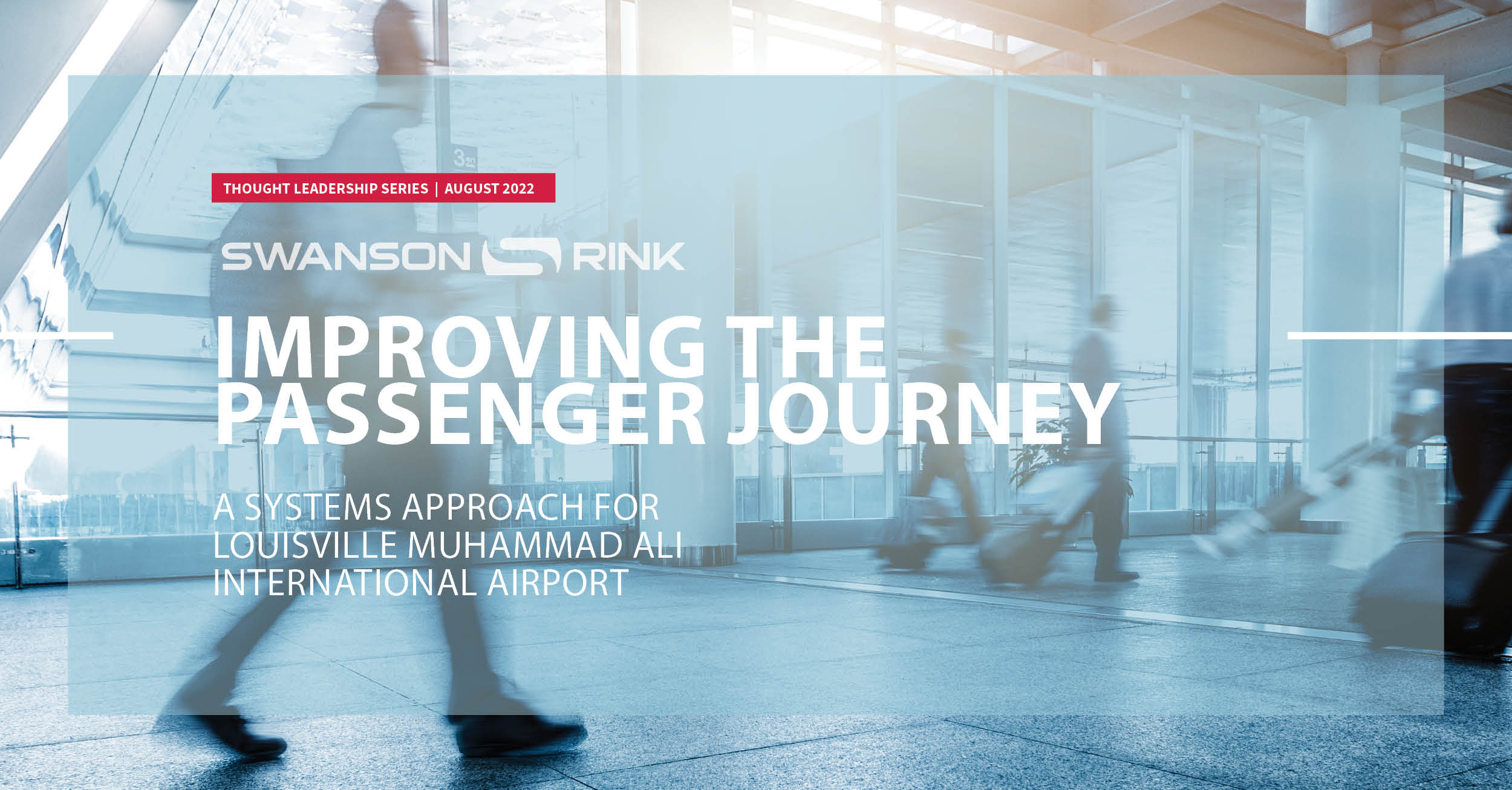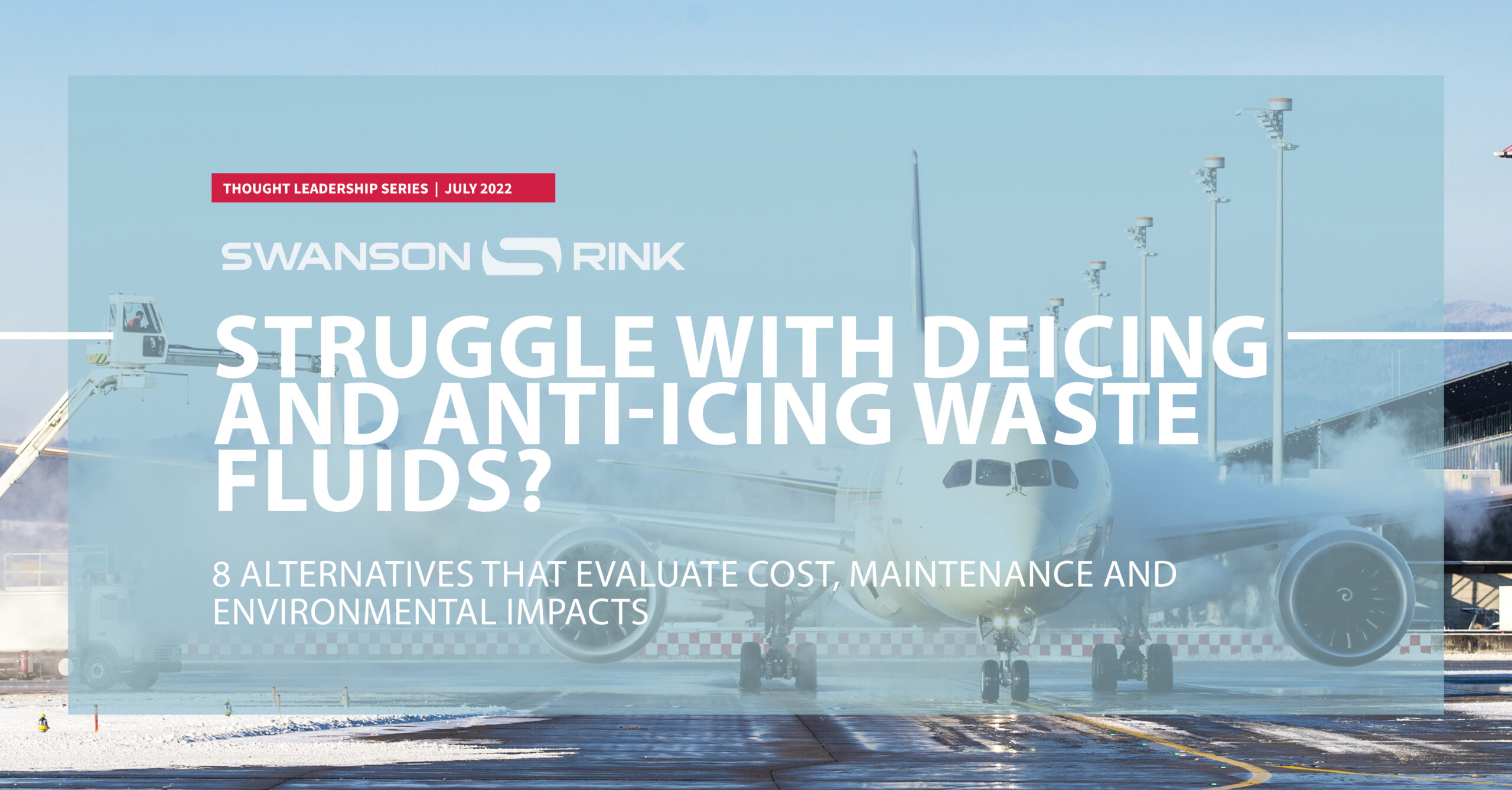Any frequent traveler will tell you that air travel has always had its challenges, and now the risks associated from outdated technologies are intensified by COVID-19. From the airport’s perspective, implementing efficiency upgrades to improve the passenger journey will prove even more challenging because the pressure to make fundamental changes in how an airport operates is real and has the potential of imposing an extreme financial burden. There is a pressing need for better. And we can do better. This paper will explain how.
Article located here: The Passenger JourneySRI.pdf
Contact Us
[contact-form-7 id=”2291″ title=”Contact Aviation White Paper”]





